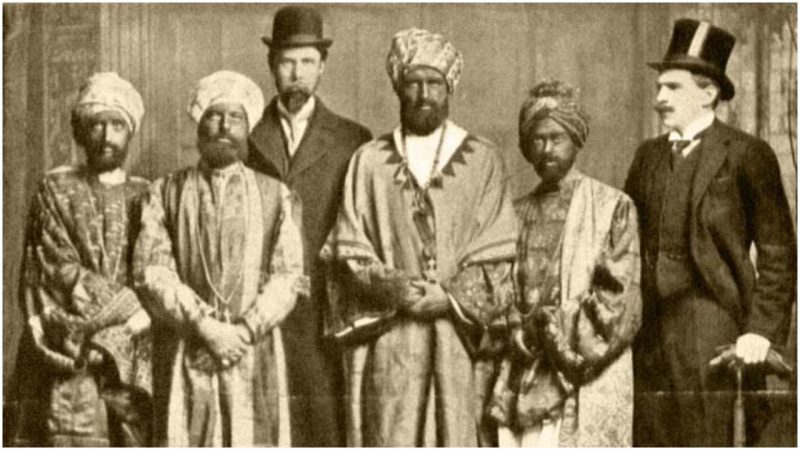When it comes to the military of any country, “secret” is the big word. Developing new weapons and vehicles and prototypes of different sorts is always kept under a thick cover of secrecy and gaining an insight of what is happening may be considered illegal.
There are individuals, however, that managed to peek into this operations and walk away unharmed — like Edward Snowden. The modern era of cybersecurity is proof of this.
Worms and viruses, if delivered right, are considered a weapon and can take down even a nuclear power plant, such was the case with the famous Stuxnet virus.
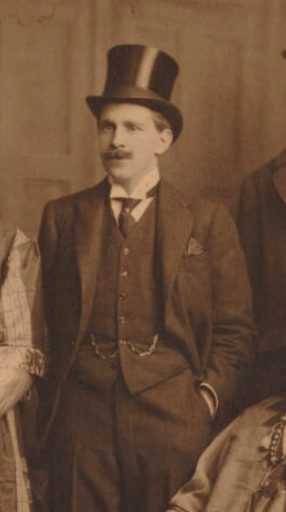
Our story, however, is a bit more analog and involves real people and the good ol’ eye to eye interaction. And the duped in this situation was none other than the Royal Navy. Enrobed and with fake beards, a group of six individuals managed to trick the Commander-in-Chief to not only show them the closely guarded H.M.S. Dreadnought but to give them a full tour on it.
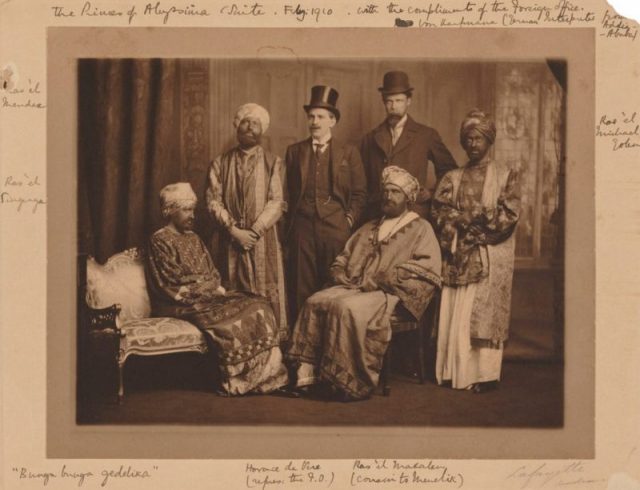
This gang was comprised of one painter, poet, writer, soldier, psychoanalyst and a barrister. And all of them were merry pranksters.
The mastermind behind this hoax was a man by the name of Horace Cole. Born in 1881, Cole would grow to become a world-renowned prankster. He has well versed in the customs of the British Army for he himself was part of it, having served as a lieutenant during the South African War.
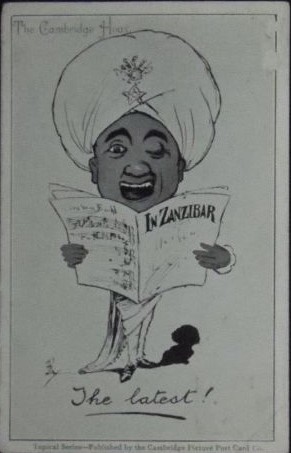
The rest of this merry band have equally impressive biographies. One of them, however, jumps out. Out of the six individuals, one was female. Her name was Virginia Stephen, but the world remembers her as Virginia Woolf. The famous writer got on this Royal-Navy-Prank ride alongside her brother, Adrian Stephen, and the rest of the guys: Guy Ridley, Duncan Grant, Anthony Buxton and Horace de Vere Cole.
After the initial arrangements, the pranksters put on their robes provided by William Berry “Willy” Clarkson, a notable wigmaker and costume maker, darkened their faces, adorned their heads with turbans and set forth to fool the Royal Navy; almost all of them wore beards, Woolf included.
12 Surprising Origins Of Popular English Phrases
When it comes to Cole, he already had a test ride at hoaxes once before during his time at Cambridge, when he pretended to be a relative of the Sultan of Zanzibar. He was welcomed as such to the campus of Cambridge and was given a tour of the city.
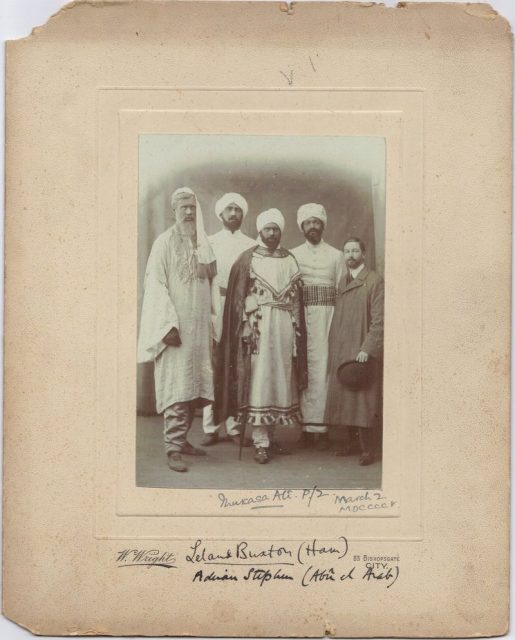
No one ever suspected a thing. During Cole’s second prank, the group approached HMS Dreadnought on February 7, 1910, posing as a group of Abyssinian princes. Their disguises were flawless and no one dared question anything. “Even Woolf’s cousin, one of the naval officers on board the ship, failed to recognize the author in her fake beard,” writes The Guardian.
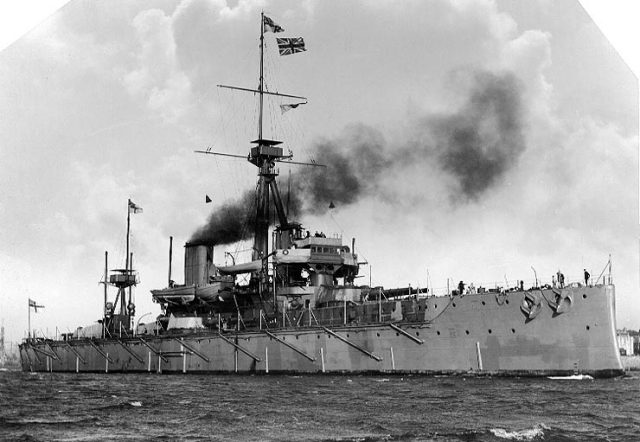
And they were welcomed with the greatest honors, worthy of a royal family; even the army band was hired for this occasion. It was a friend of Cole who gave him the idea, a friend who happened to be part of the crew of HMS Hawke, a rival of HMS Dreadnought.
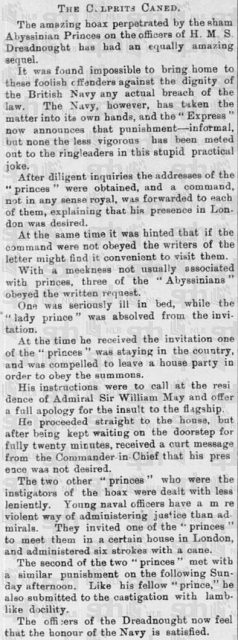
After the tour, on what was considered to be Britain’s best battleship, the Abyssinian princes were invited to a pleasant dinner. The pranksters immediately declined for “the food and drink had not been prepared correctly. The group actually feared that their fake beards would fall off,” according to The Guardian.
Cole planed the whole thing to a minute detail. He managed to pull off the Cambridge hoax with great success and for the purpose of his second prank, he managed to fake a telegram. He addressed it to the Navy and made sure that they would fall for it.
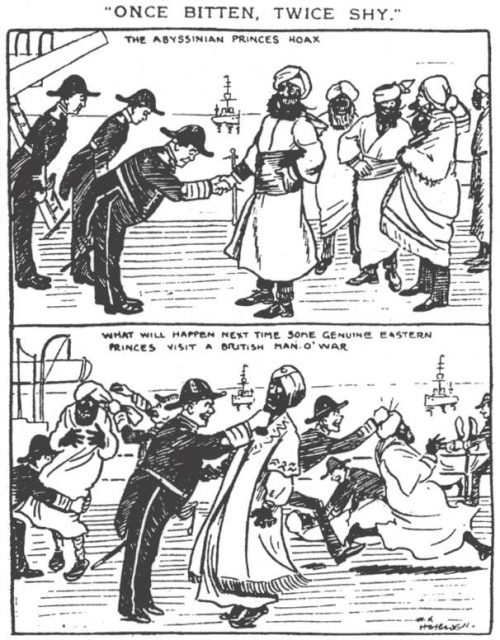
“Throughout the tour, the ‘princes’ spoke in Swahili as well as random gibberish, proclaiming ‘Bunga! Bunga!’ to everything they were shown” writes the Virginia Woolf Blog. Walking on a red carpet they got in and stepping on the same red carpet they got out. Cole sent a letter to the Daily Mail who gladly ran the story.
To this very day, this hoax is remembered and immortalized in countless writings and drawings, resonating throughout history — and Bunga Bunga became a widely used phrase for a time.
